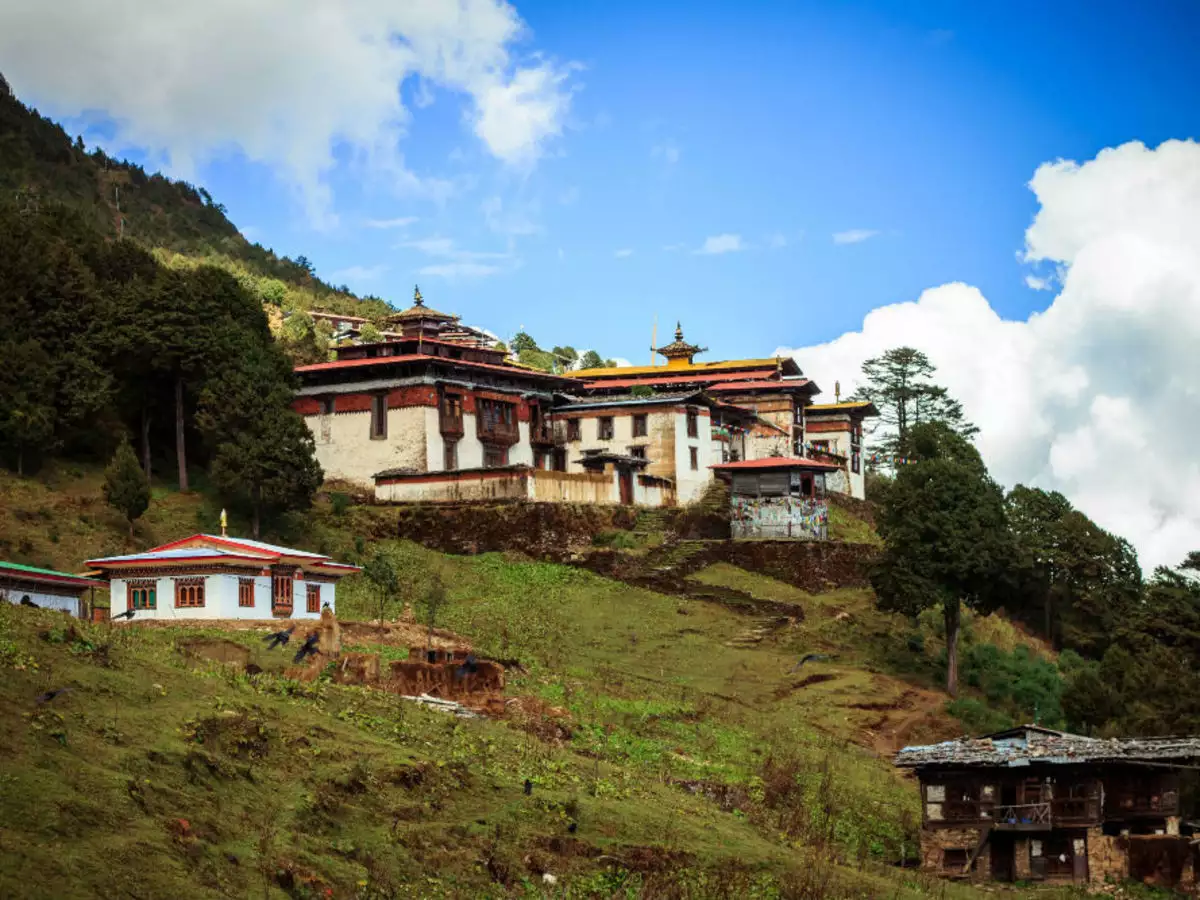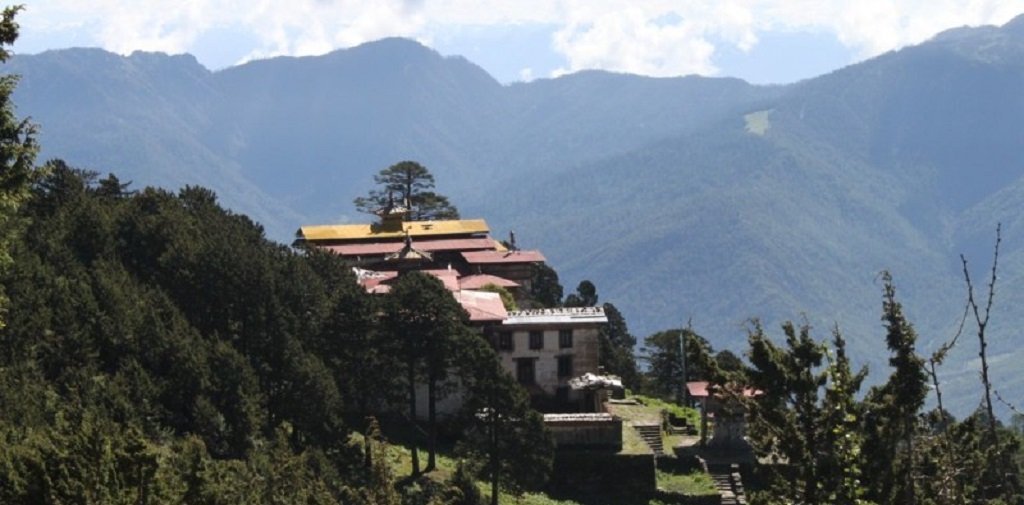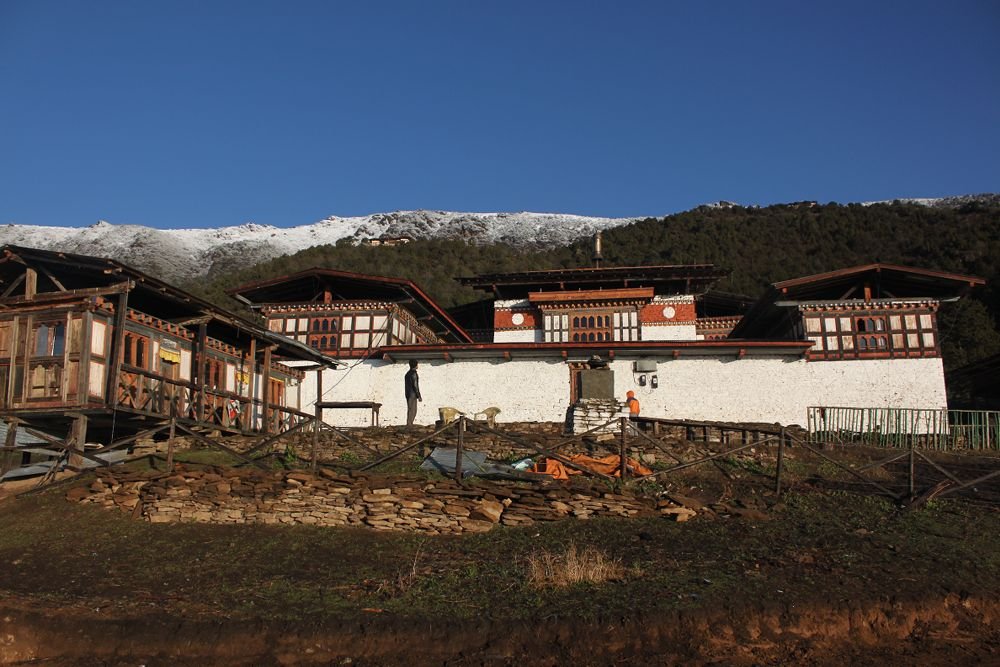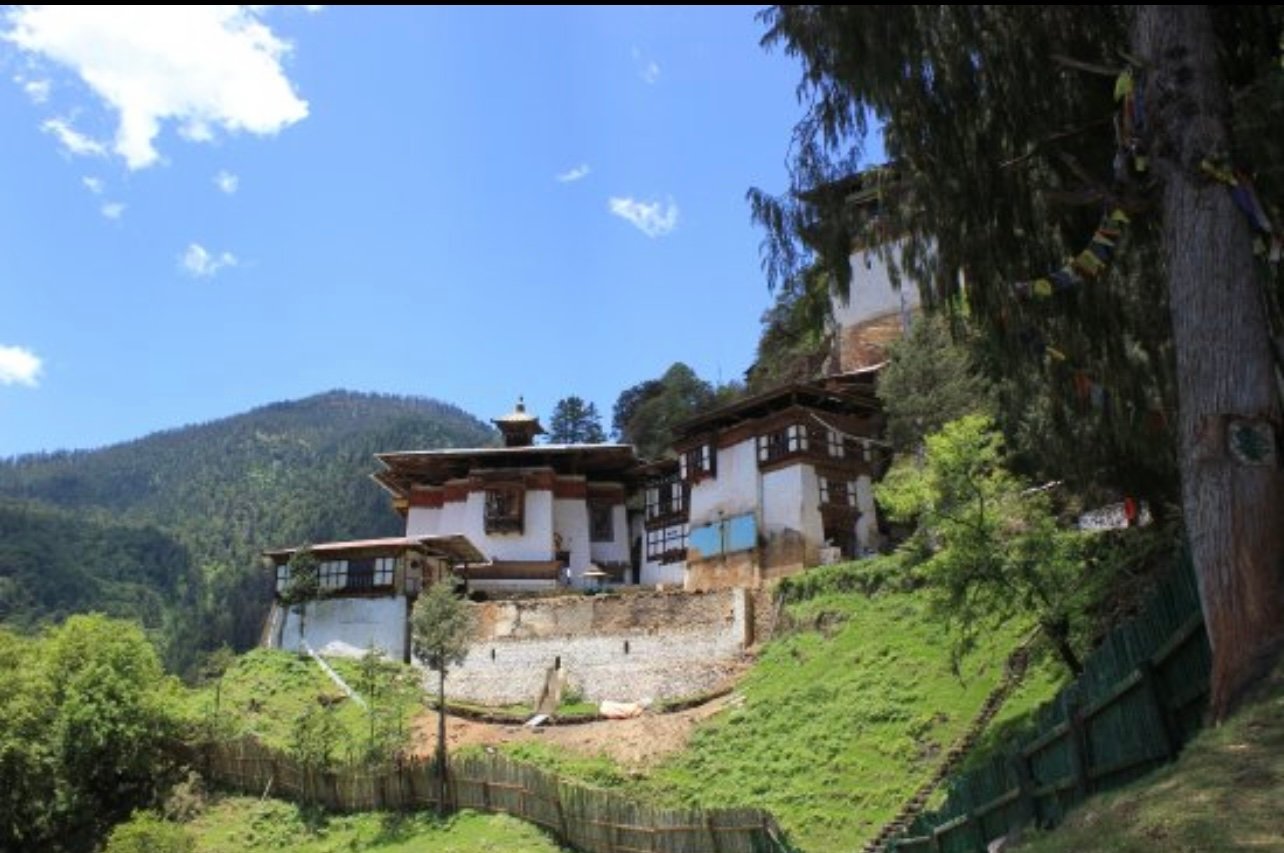Nestled high above Bhutan’s capital city, Thimphu, lies the Phajoding Monastery, a serene sanctuary reached by a 3-kilometer trek from the nearest paved road. This magnificent monastery is not just a place of breathtaking views but also a site steeped in profound spiritual and historical significance. Although it has endured challenges over the years, transitioning from prominence to being listed among the Top 5 Endangered Monuments of 2010 by the World Monuments Fund, It continues to be an integral element of Bhutan’s rich cultural and spiritual traditions.The monastery embodies Bhutan’s spiritual essence, attracting pilgrims, historians, and tourists alike.
From Riches to Rags: The Tale of Phajoding Monastery

Phajoding Monastery was once one of Bhutan’s most significant and affluent spiritual sites. Renowned for its architectural brilliance and spiritual significance, the monastery housed some of the country’s oldest artifacts and antiquities. However, years of neglect and the inevitable march of time have left the complex in dire need of restoration. Despite its weathered state, the monastery continues to resonate with Bhutan’s history and spirituality, retaining its essence as a sacred treasure.
The Monastic Complex: A Hub of Sacred Structures
The Phajoding Monastery is more than just a singular structure; it is a large complex comprising multiple sacred buildings. Each building tells a story, with intricate carvings, ancient relics, and stunning Buddhist art adorning its interiors. The monastery also serves as a State Monastic School, where young aspirants study Buddhism under the guidance of learned monks. This institution preserves the traditional teachings of Buddhism while ensuring that Bhutan’s spiritual legacy is passed on to future generations.
The Spiritual Legacy of Phajo Drugom Zhigpo

Phajoding Monastery owes its origins and spiritual significance to Phajo Drugom Zhigpo, one of Bhutan’s most revered spiritual masters. It is one of the twelve sacred sites established by him, each representing a profound spiritual milestone. According to legend, Phajo underwent a month-long meditation at this site. During this meditation, he experienced a vision of Chenrezig, the Buddha of Compassion, affirming the sanctity of the location.
To test the propagation of his teachings across Bhutan, Phajo planted his walking stick into the cliff face where he meditated. It is said that if his teachings were destined to spread, water would flow from the rock. Miraculously, water did emerge, and this sacred spring, known as ‘Drub Chu’, continues to flow to this day. Revered for its healing properties, especially in curing speech impediments, the spring is a testament to the monastery’s enduring spiritual legacy.
Phajoding Monastery: A Site of Healing and Faith
The flowing waters of Drub Chu have become a symbol of faith and hope for Buddhists and visitors from around the world. Many make the arduous journey to the monastery to partake in this sacred water, believing in its divine ability to heal and purify. This site not only symbolizes spiritual awakening but also exemplifies the harmony between Bhutan’s natural beauty and spiritual practices.
Cultural and Historical Significance

Phajoding Monastery holds a special place in Bhutanese culture as a repository of some of the country’s oldest and rarest relics. These include unique artifacts, antiquities, and sacred scriptures that reflect Bhutan’s deep-rooted Buddhist traditions. Despite the challenges faced by the monastery, it continues to be a pilgrimage site and a cultural treasure that attracts global attention.
Challenges and Preservation
The inclusion of Phajoding Monastery in the Top 5 Endangered Monuments of 2010 highlighted the urgent need for preservation. The monastery has been exposed to harsh weather conditions and limited maintenance resources over the years. Yet, these challenges have spurred efforts to restore and conserve its sacred structures. Both the Bhutanese government and international organizations are now working towards safeguarding this invaluable heritage site.
Bhutan Luxury Tour: Discover the Spiritual Heart of Bhutan

For travelers embarking on a Bhutan Luxury Tour, a visit to Phajoding Monastery is a must. This sacred site offers an unparalleled glimpse into Bhutan’s rich spiritual and cultural heritage. Guests can explore the monastery’s intricate architecture, participate in meditation sessions, and witness the serene beauty of the surrounding landscapes. The journey to Phajoding Monastery is not just about sightseeing; it is an immersion into Bhutan’s timeless spiritual essence.
The Enduring Spirit of Phajoding
Despite the passage of time and the challenges it faces, Phajoding Monastery remains a beacon of spiritual inspiration. Its profound connection to Bhutan’s religious history and its ongoing role in nurturing young Buddhist scholars ensure that its legacy continues to thrive. For those who visit, the monastery offers a unique opportunity to connect with Bhutan’s spiritual heart, leaving an indelible mark on their journey.
Conclusion
Phajoding Monastery stands as a testament to Bhutan’s enduring spiritual legacy. From its sacred waters of Drub Chu to its historic monastic school, the site encapsulates the essence of Bhutanese Buddhism. For those embarking on a Bhutan Luxury Tour, the monastery offers a rare blend of history, culture, and spirituality. Its story of resilience, from riches to rags, is a reminder of the importance of preserving our cultural heritage for generations to come. Phajoding Monastery is not just a destination—it is a journey into the heart of Bhutan’s spiritual soul.

